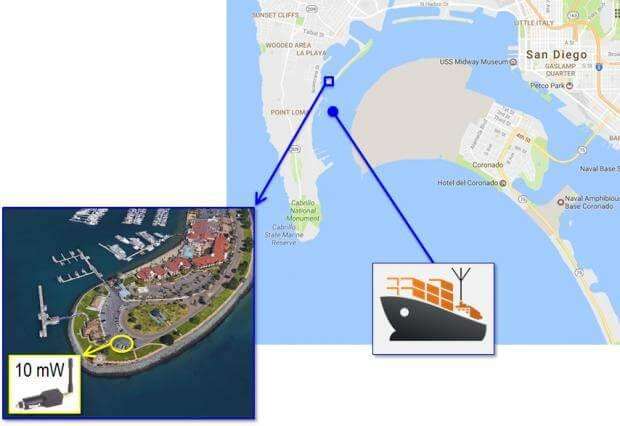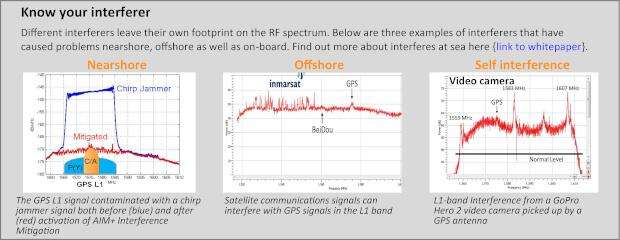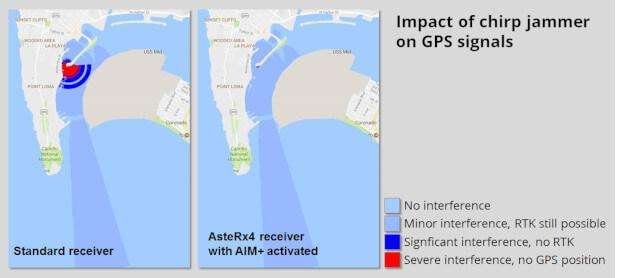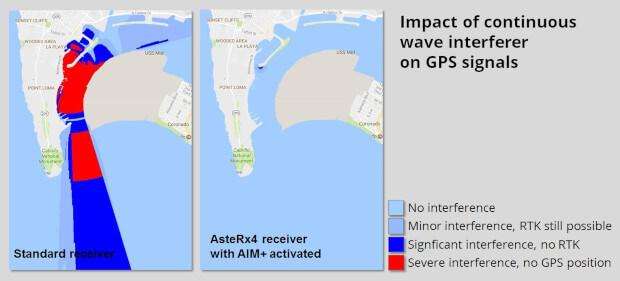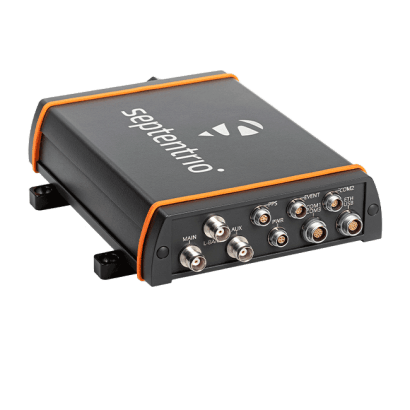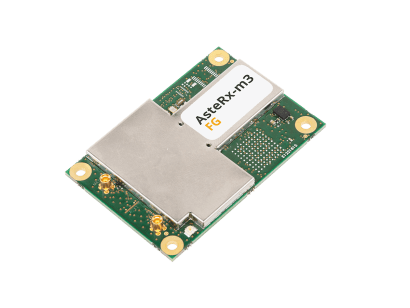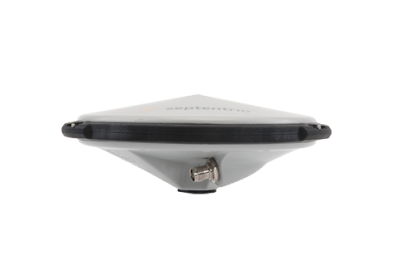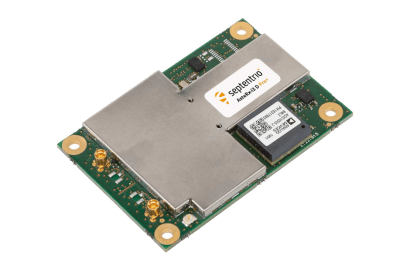Set adrift by GPS jamming
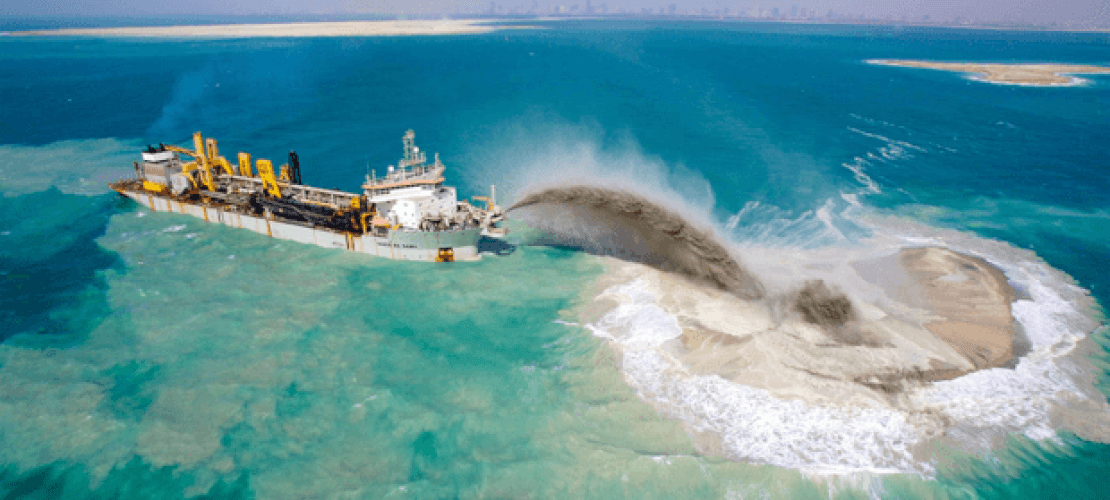
The importance of GNSS/GPS receivers as critical element in many offshore and nearshore applications.
GPS / GNSS Interference at Sea
From constructing offshore wind farms and dredging harbours to marine survey and laying underwater cables, GPS receivers have established themselves as a critical element in many offshore and nearshore applications. Any downtime in GPS positioning at sea can have dangerous and expensive repercussions. Increasingly, GPS downtime is being attributed to interference.
Transmitted with a power equivalent to that of a standard light bulb, GPS signals are expected to travel more than 20,000 km (12,400 miles) and still arrive fit for high-precision position calculations. In most cases, the signals arrive relatively unscathed however, being barely distinguishable above the thermal background noise, they can be sitting ducks for any passing interferer.
RTK and PPP are especially vulnerable
Maritime applications are increasingly using high-precision positioning such as RTK and PPP which use not only the code information modulated onto the signals but also the phase of the signal itself. In the presence of interference, these phase-based modes are the first to suffer.
How bad can it be
The use of GPS jammers is strictly prohibited but their effect can be estimated using a GPS simulator. Taking San Diego harbour as an example, a simulator was programmed to generate the GPS signals that a receiver would see on a boat at that location. Interference of the GPS signals was mimicked by mixing the simulator signal with that from a jammer. With the jammer at the location shown in first figure and the GPS receiver on a boat nearby in the bay, the effect of interference throughout the bay could then be extrapolated using standard radio wave propagation models.
Effect of a GPS/GNSS chirp jammer
The results in Figure 2 show that without Advanced Interference Mitigation and Monitoring (AIM+), one small 10 mW chirp jammer can knock out RTK positioning over several hundred metres. When AIM+ is activated, the non-RTK zone is reduced to a few metres in the direct vicinity of the jammer.
Effect of a continuous wave interferer
Repeating the tests with a continuous wave (CW) interferer of the same power, the results using AIM+ are even more dramatic as Figure 3 shows. Without AIM+, a CW interferer in the car park close to the shore prevents RTK positioning or indeed any GPS positioning over much of the bay and extends several kilometres out to sea in line of sight from the jammer.
Solving GNSS interference
A comprehensive approach puts interference considerations at the forefront of receiver design and incorporates it into every stage of signal processing. The antenna signal is immediately digitised after filtering and automatically cleansed of interference using multiple adaptive band-stop filters.
Depending on the nature of the interference, the stop-band bandwidth is adjusted automatically between a notch of a few kHz to 1 MHz-wide rejection. The notch filters are complemented by an adaptive filter capable of rejecting more complex types of interference such as that from chirp jammers, frequency-hopping signals from DME/TACAN devices as well as high-powered Inmarsat transmitters.
Related content
- brochure: GPS interference monitoring and mitigation
- technology to protect your GNSS and GPS receiver: Advanced Interference Mitigation and Monitoring (AIM+) against GNSS jamming and spoofing
Download A4 pdf of this insight article:
Title image: The Creation of the Palm Islands (Source: Reddit)

